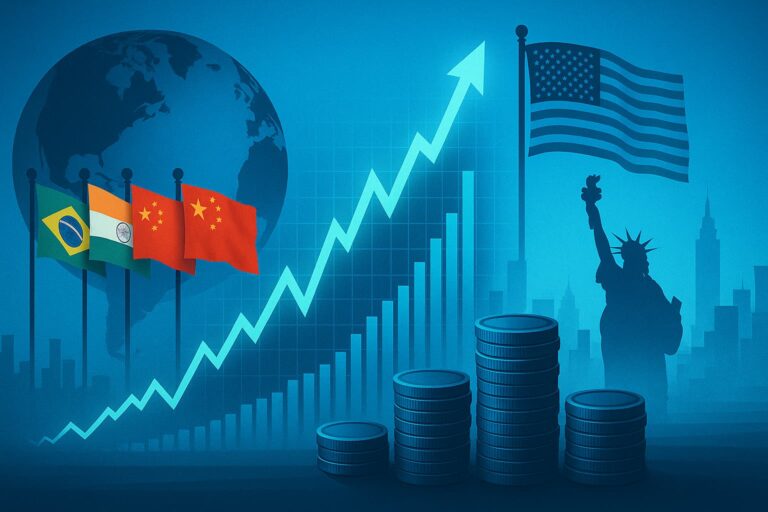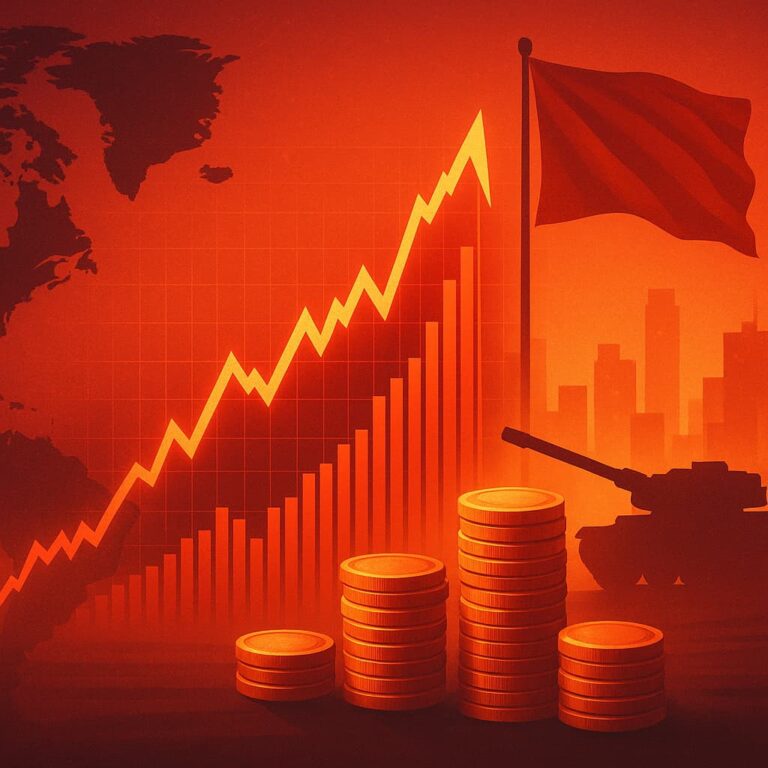If you’ve ever watched the stock market, you know that prices can rise and fall—sometimes in minutes. But what exactly causes a stock price to move? Is it company performance? Market rumors? Global news?
The truth is, stock prices are influenced by a variety of factors—some logical, others emotional. Whether you’re a beginner investor or just trying to understand market news better, this guide will help you make sense of the key forces behind stock price movements.
What Is a Stock Price?
A stock price represents the current value of one share of a company. It’s the amount buyers are willing to pay and sellers are willing to accept at a given moment.
Stock prices are set through supply and demand in the market. If more people want to buy than sell, the price goes up. If more want to sell than buy, the price drops.
Top Factors That Move Stock Prices
Let’s explore the major factors that influence stock prices—both in the short term and over the long haul.
1. Company Performance and Earnings
The most fundamental driver of a stock’s value is the company’s financial health.
Key Metrics That Matter:
Revenue (how much the company earns)
Net Income (profit after expenses)
Earnings per Share (EPS)
Growth Rate
Profit Margins
When companies beat earnings expectations, their stock often rises. Miss those expectations, and prices may fall—even if the company is still profitable.
Example:
If Apple reports higher-than-expected iPhone sales, its stock price might jump as investors anticipate future growth.
2. Investor Sentiment and Market Psychology
Not all stock price movements are based on logic. Emotions play a huge role in the market:
Greed pushes prices up in bull markets.
Fear causes sharp sell-offs in bear markets or during crises.
Market sentiment is often driven by news headlines, rumors, or speculation, even if there’s no solid data to back it up.
Example:
A tech stock may rise just because of AI hype—even if the company hasn’t launched any new product.
3. Economic Indicators
Economic data gives investors a snapshot of the broader economy. If the economy is growing, corporate profits are likely to rise—boosting stock prices.
Key indicators that affect stock prices:
Gross Domestic Product (GDP)
Inflation rates (CPI)
Unemployment rates
Consumer confidence
Retail sales
Example:
High inflation might lead to interest rate hikes, which can lower stock valuations.
4. Interest Rates and Central Bank Policy
When central banks (like the U.S. Federal Reserve) change interest rates, the stock market reacts:
Lower interest rates: Encourage borrowing, consumer spending, and investing → stock prices may rise.
Higher interest rates: Increase loan costs and reduce consumer demand → stock prices may fall.
Why?
As interest rates rise, bonds become more attractive, drawing money away from stocks.
5. Industry Trends
Some sectors outperform others depending on the market cycle. Stocks can move based on industry-wide news or innovations.
Examples:
Tech stocks rise during periods of digital innovation or AI growth.
Energy stocks move with oil prices.
Healthcare stocks may jump during medical breakthroughs.
Investors often rotate between sectors based on economic conditions—a strategy known as sector rotation.
6. Geopolitical Events and News
World events can shake up stock markets fast:
Wars or conflicts
Elections and political instability
Regulations or sanctions
Trade wars or tariffs
Natural disasters or pandemics
Example:
Russia’s invasion of Ukraine sent global energy stocks soaring and tech stocks falling due to uncertainty.
7. Supply and Demand Dynamics
At the core of price movement is supply and demand. If more people want to buy a stock than sell it, the price goes up. If the reverse is true, it goes down.
Things that can increase demand:
Positive news or analyst upgrades
Strong earnings reports
Acquisition or merger rumors
Things that increase selling pressure:
Bad press
Poor earnings
Insider selling or downgrades
8. Technical Analysis and Trading Patterns
Many short-term traders use technical analysis, which involves studying price charts and patterns rather than company fundamentals.
Popular indicators include:
Moving Averages
RSI (Relative Strength Index)
MACD
Volume trends
If enough traders act on these signals, they can move prices—even without any fundamental news.
Example:
If a stock “breaks resistance,” it may attract more buyers expecting a further rally.
9. Dividends and Stock Buybacks
Companies that return value to shareholders through dividends or stock buybacks are often viewed positively.
Dividends provide steady income to investors.
Buybacks reduce the number of shares, increasing EPS and often boosting price.
Example:
When Microsoft announces a $40 billion buyback plan, it usually supports the stock price.
10. Market Manipulation (Rare, But Real)
While illegal, some price movements are caused by manipulation:
Pump and dump schemes
Fake news
Social media hype (e.g., Reddit’s WallStreetBets)
This typically affects low-volume or penny stocks, not large-cap companies.
Recap: What Moves Stock Prices?
| Factor | Type | Impact |
|---|---|---|
| Company earnings | Fundamental | Direct |
| Investor emotions | Psychological | High (short term) |
| Economic indicators | Macro | Medium to high |
| Interest rates | Monetary policy | Strong influence |
| News and events | External | Fast-moving |
| Technical analysis | Behavioral | Short-term |
| Dividends/buybacks | Strategic | Long-term support |
| Manipulation | Illegal/unusual | Unpredictable |
Final Thoughts: Price Movements Are a Mix of Logic and Emotion
Stock prices are influenced by a complex blend of hard data and human behavior. While fundamentals (like profits and growth) matter most over the long term, emotions, headlines, and expectations can drive short-term volatility.
As an investor:
Stay informed
Focus on long-term fundamentals
Don’t overreact to every price swing
Diversify your portfolio
Understanding why prices move gives you a valuable edge—and helps you make smarter decisions, whether you’re a trader or long-term investor.





